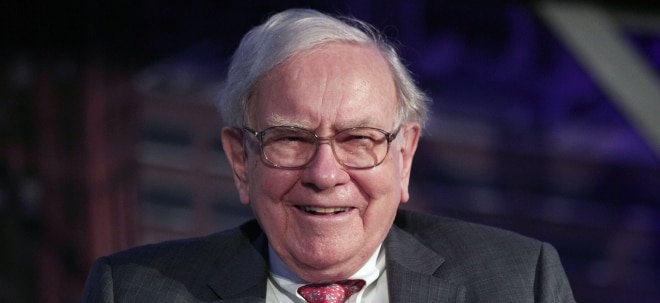der letzten 13 Bärenmärkte. Shiller ist immerhin Nobelpreisträger...
Im Artikel unten schreibt er, die Medien würden "nur" einen 20-%-Rückgang als Maximum eines Bärenmarkt-Rücksetzers im Visier haben. Diese Definition ist aber von den Medien selbst erfunden. Vor 1990 war, so Shiller, nirgendwo
von einer 20-%-"Sinkbegrenzung" in einem Bärenmarkt die Rede.
Shiller lässt offen, wie stark der nächste Rückgang sein wird (das kann niemand ernsthaft prognostizieren), aber seinen obigen Raunen deutet darauf hin, dass mehr als 20 % Rückgang im Schwange sein könnten. Andere renommierte Bären haben kürzlich geschrieben, dass selbst ein 50 % Rückgang die Bewertungen nur wieder auf Normalniveau brächte, ein Überschießen darüber hinaus wäre aber durchaus ebenfalls noch drin.
Hier die Einschätzung Shillers:
www.marketwatch.com/story/...-the-previous-13-bear-markets-2017-09-21
The U.S. stock market looks like it did before most of the previous 13 bear markets
NEW HAVEN, Conn. (Project Syndicate) — The U.S. stock market today is characterized by a seemingly unusual combination of very high valuations, following a period of strong earnings growth, and very low volatility.
What do these ostensibly conflicting messages imply about the likelihood that the United States is headed toward a bear market in stocks?
To answer that question, we must look to past bear markets. And that requires us to define precisely what a bear market entails. The media nowadays delineate a “classic” or “traditional” bear market as a 20% decline in stock prices.... That definition does not appear in any media outlet before the 1990s, and there has been no indication of who established it.
...Referring to my compilation of monthly S&P Composite and related data, I found that there have been just 13 bear markets in the U.S. since 1871. The peak months before the bear markets occurred in 1892, 1895, 1902, 1906, 1916, 1929, 1934, 1937, 1946, 1961, 1987, 2000 and 2007. A couple of notorious stock-market collapses — in 1968-70 and in 1973-74 — are not on the list, because they were more protracted and gradual.
Once the past bear markets were identified, it was time to assess stock valuations prior to them, using an indicator that my Harvard colleague John Y. Campbell and I developed in 1988 to predict long-term stock-market returns. The cyclically adjusted price-to-earnings (CAPE) ratio...
This month, the CAPE ratio in the U.S. is just above 30. That is a high ratio. Indeed, between 1881 and today, the average CAPE ratio has stood at just 16.8. Moreover, it has exceeded 30 only twice during that period: in 1929 and in 1997-2002.
But that does not mean that high CAPE ratios aren’t associated with bear markets. On the contrary, in the peak months before past bear markets, the average CAPE ratio was higher than average, at 22.1, suggesting that the CAPE does tend to rise before a bear market.
...peak months before past bear markets also tended to show high real earnings growth: 13.3% per year, on average, for all 13 episodes. Moreover, at the market peak just before the biggest ever stock-market drop, in 1929-32, 12-month real earnings growth stood at 18.3%.
...stock-price volatility was lower than average in the year leading up to the peak month preceding the 13 previous U.S. bear markets, though today’s level is lower than the 3.1% average for those periods. At the peak month for the stock market before the 1929 crash, volatility was only 2.8%.
.
In short, the U.S. stock market today looks a lot like it did at the peaks before most of the country’s 13 previous bear markets. ...
... my analysis should serve as a warning against complacency. Investors who allow faulty impressions of history to lead them to assume too much stock-market risk today may be inviting considerable losses. |


 Thread abonnieren
Thread abonnieren


